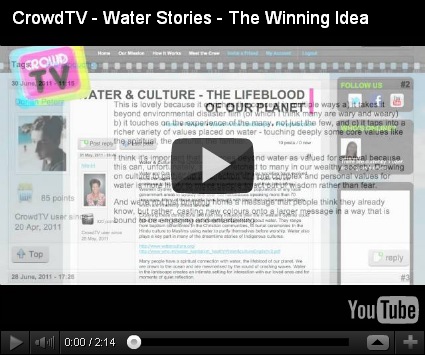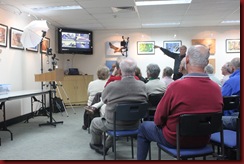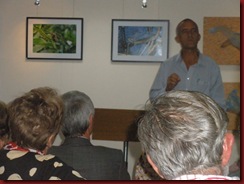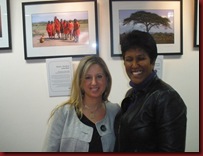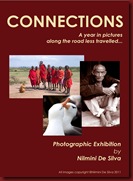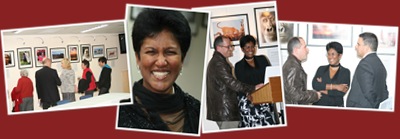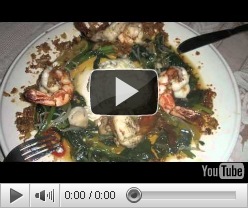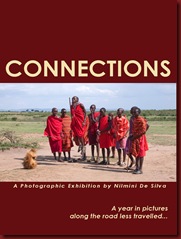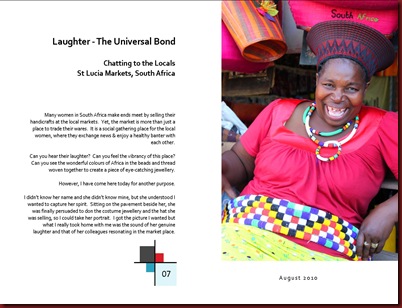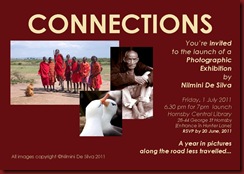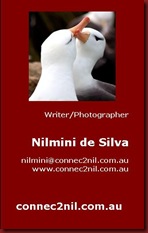During my travels of 2010, I became more aware that water has shaped the way cultures have evolved since the beginning of civilisation when our predisposition to settle along rivers shaped our societies. I realised that humans the world over are intrinsically connected to water and this defines the way they live, how they spend their time and the quality of life they enjoy.
This formed the basis of a paper I wrote for the NSW Stormwater conference putting together stories I had come across during my time in Asia….
Cambodians have an incredible history of water management and this is self evident when one visits Angkor Wat and the city of Angkor Thom.  As I hovered over this city in a stationary balloon, I got an appreciation of the extent of the channels, reservoirs moats and embankments that covered this landscape. This complex system enabled them to divert floodwaters during the monsoon season and store it for use during the dry periods, supporting both a large population and the agriculture of the region. Ultimately, due to prolonged droughts and a population that stretched the limits of the water supply that was available, this ancient Kingdom collapsed. As explained by Fagan in his book Elixir which I am currently reading, Angkor delivers a powerful message about the dangers of overstressing the environment and about the importance of maintaining sustainability.
As I hovered over this city in a stationary balloon, I got an appreciation of the extent of the channels, reservoirs moats and embankments that covered this landscape. This complex system enabled them to divert floodwaters during the monsoon season and store it for use during the dry periods, supporting both a large population and the agriculture of the region. Ultimately, due to prolonged droughts and a population that stretched the limits of the water supply that was available, this ancient Kingdom collapsed. As explained by Fagan in his book Elixir which I am currently reading, Angkor delivers a powerful message about the dangers of overstressing the environment and about the importance of maintaining sustainability.
As I travelled through Cambodia, and spent time in villages, I saw much simpler systems of water  management at work. With ground water often contaminated by arsenic and chemical contaminants The reality for most rural Cambodians is that they must source their own water, collect it, filter it and store it themselves for the survival of their families. As I travelled through the villages I noticed that every household had an informal system of rainwater harvesting mostly by way of large concrete pots connected to their roofs. These jars with a capacity of 200-500 litres (costing about $5 a jar) are the most common way to store water
management at work. With ground water often contaminated by arsenic and chemical contaminants The reality for most rural Cambodians is that they must source their own water, collect it, filter it and store it themselves for the survival of their families. As I travelled through the villages I noticed that every household had an informal system of rainwater harvesting mostly by way of large concrete pots connected to their roofs. These jars with a capacity of 200-500 litres (costing about $5 a jar) are the most common way to store water
While these traditional methods of rainwater harvesting need to be revised to safeguard against contamination during storage and use, it is still a great example of how rural Cambodians live sustainably within the water resource of their catchment. Perhaps with a little modification it is an example we could apply here in our own households in Australia.
Thousands of Cambodians die each year due to easily preventable water-born illnesses and due to the fact they ingest contaminated ground and surface water. While in Phnom Penh, I spent a day with a volunteer from Engineers Without Borders. He worked for Resource Development International (RDI), an organisation engaged in providing an integrated and wholistic approach to providing clean water to Cambodians using a simple technology of ceramic filtration.

The water filtration process that has been developed is inexpensive, simple and sourced from locally available materials and technology. It is another example of using local/simple solutions to solve a complex problem.
The Mekong and the Tonle Sap Rivers play a pivotal role in life in Cambodia where much of the nations psyche seems to be caught up with the ebb and flow of its rivers.
 I spoke about the lives of the people who live on floating houses in the lake or raised houses on land and how they have adapted to living with the ebb and flow of the river.
I spoke about the lives of the people who live on floating houses in the lake or raised houses on land and how they have adapted to living with the ebb and flow of the river.  In Vietnam, in places such as the Mekong Delta where a child grows up around water, it becomes a fundamental part of the make-up of his/her life. Water is celebrated through festivals, and offerings are made to the river deity during times of hardship. From the floating markets at which they trade and the navigable canals which they use as a means of transport, to the many fish they catch for their dinner table, the river has always been a wonderful provider.
In Vietnam, in places such as the Mekong Delta where a child grows up around water, it becomes a fundamental part of the make-up of his/her life. Water is celebrated through festivals, and offerings are made to the river deity during times of hardship. From the floating markets at which they trade and the navigable canals which they use as a means of transport, to the many fish they catch for their dinner table, the river has always been a wonderful provider.

This ‘celebration’ of water was brought home to me as I walked into an art gallery in Hoi An and discovered an entire wall taken up by a flood marker. The rains around October/November dictate that part of this town shuts down for business as the town situated on the edge of a river is immersed in a few metres of flooding! Furniture from the first floor is taken upstairs to make ‘Room for the River’ and the faces on the marker (happy or sad) records how severe the flooding was!
I was also able to share some of the methods of water harvesting from my experiences in Sri Lanka.  Rainwater harvesting is not a new concept to Sri Lanka whose irrigation systems and tanks for water storage were some of the most complex in the ancient world. In fact one of Sri Lanka’s much revered Kings once stated, “let not a single drop of water that falls form the skies flow to the sea without it being used for the benefit of man,” Parakramabahu the Great (1153-1186 AD)
Rainwater harvesting is not a new concept to Sri Lanka whose irrigation systems and tanks for water storage were some of the most complex in the ancient world. In fact one of Sri Lanka’s much revered Kings once stated, “let not a single drop of water that falls form the skies flow to the sea without it being used for the benefit of man,” Parakramabahu the Great (1153-1186 AD)
The tsunami in 2006 caused much destruction in Sri Lanka and many of the wells were contaminated by seawater intrusion. Thus many of the new villages that were rebuilt used the rainwater harvesting technology that had already been trialled in the country previously. The tanks are from 5-7000 litres in volume and cost up to approximately AUD $200. In the dry zone, these tanks will not be operational for more than 6 months of the year due to the total lack of rainfall.  The lessons learnt from the water harvesting projects in Sri Lanka are similar to those from Cambodia. Introduction of new technology was done together with education campaigns for both government officials and the villages. Trial projects in the early stages helped demonstrate the technology, making sure there was community contribution in terms of unskilled labour and hence ensuring a higher sense of ownership of the tank by each household. The recipients were also trained in the operation and maintenance of these tanks so they understood the importance of keeping contaminants out and minimising the opportunities for mosquitoes to breed. As the technology improved and first flush devices were introduced the water quality improved creating a greater sense of trust in the system.
The lessons learnt from the water harvesting projects in Sri Lanka are similar to those from Cambodia. Introduction of new technology was done together with education campaigns for both government officials and the villages. Trial projects in the early stages helped demonstrate the technology, making sure there was community contribution in terms of unskilled labour and hence ensuring a higher sense of ownership of the tank by each household. The recipients were also trained in the operation and maintenance of these tanks so they understood the importance of keeping contaminants out and minimising the opportunities for mosquitoes to breed. As the technology improved and first flush devices were introduced the water quality improved creating a greater sense of trust in the system.
As demonstrated by these projects, there are simple solutions to sustainable living that are both beneficial to the environment and also enrich people’s lives. There are important lessons for us here in Australia from some of the remotest and poorest places in the world.

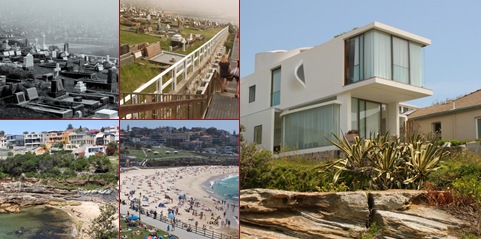
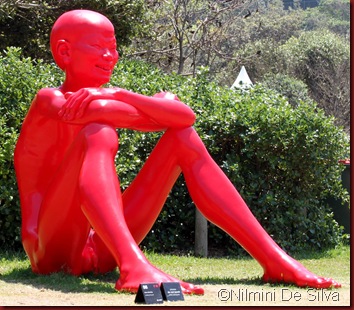
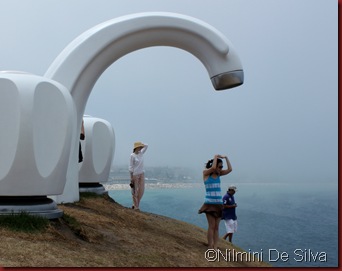
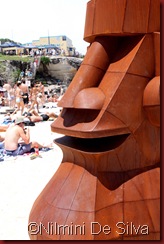
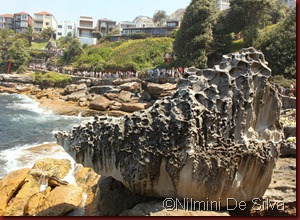
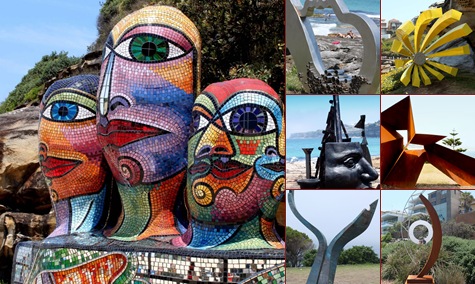


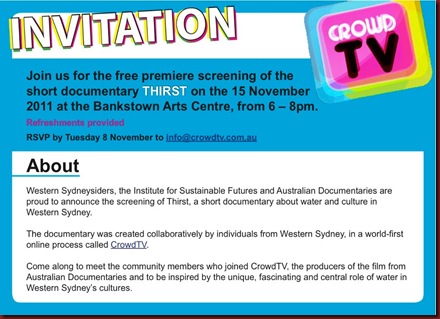
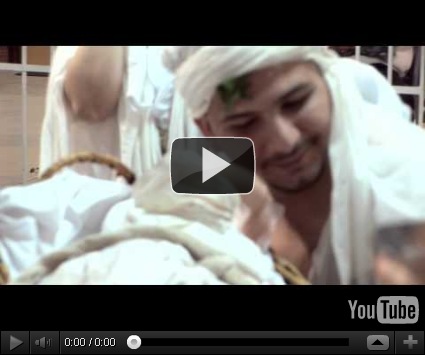














 and arrived at our Surfside Cottage without too much fuss. It is a delightful little cottage, with beautiful views of the Southern Ocean. The view is both stunning and mesmerising and the sound of crashing waves almost deafening!
and arrived at our Surfside Cottage without too much fuss. It is a delightful little cottage, with beautiful views of the Southern Ocean. The view is both stunning and mesmerising and the sound of crashing waves almost deafening! 








 I spoke about the lives of the people who live on floating houses in the lake or raised houses on land and how they have adapted to living with the ebb and flow of the river.
I spoke about the lives of the people who live on floating houses in the lake or raised houses on land and how they have adapted to living with the ebb and flow of the river. 






